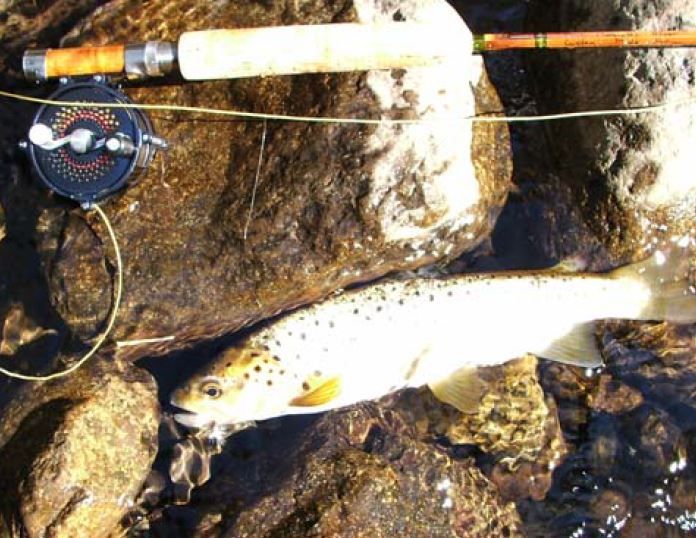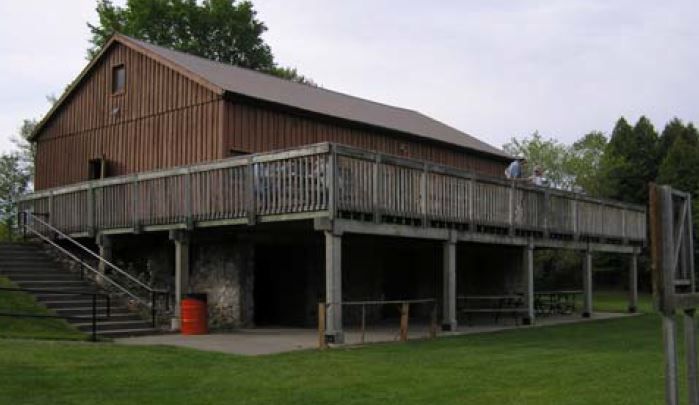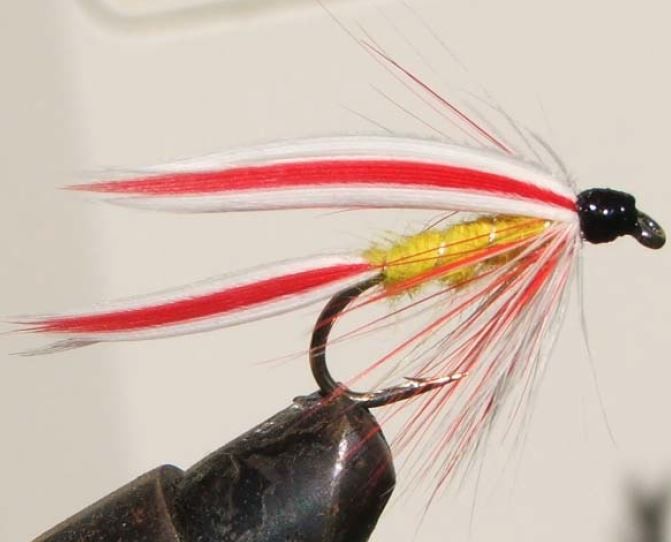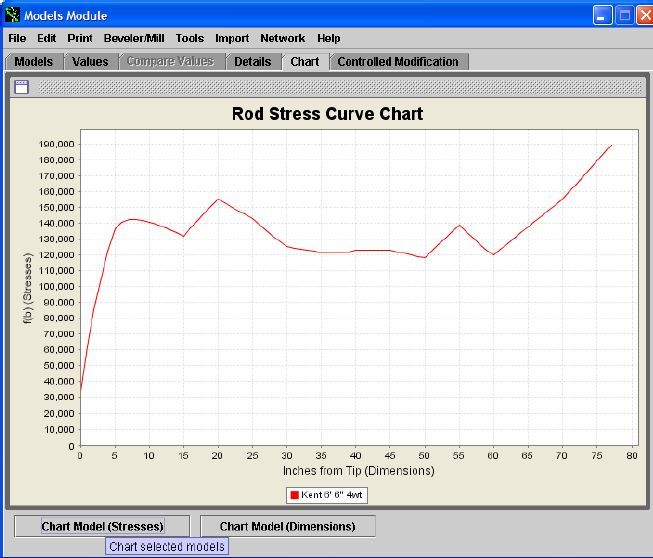
Building a Power Beveling Mill on a Budget
When I was starting out working on my first rod I quickly realized that my wrist was not up to the task of planing for any length of time. So after reading several posts from members of the Rodmakers list about this neat contraption called a Morgan Mill, I went looking at them to see if the mill could help me when roughing out and building a rod. On my small "Rod Building" budget I quickly realized...

The First Italian Rodmakers Gathering
After three weeks of very nice weather the forecast predicted rainy days in Tuscany. I’ve been driving for three hours along the highway from Naples, in heavy traffic, lorries in a row, work in progress, and three car accidents at least, to block the traffic. Suffice it to say that now, one hour distant from Sansepolcro, the venue for the first Italian meeting...

What’s it Worth to You??
First, before I start on this article I should set out my position. For myself, any fish I catch on a fly is the end result of a rapidly narrowing set of already difficult circumstances.
A rod has had to be made, and in my case when fishing for trout, it’s a bamboo rod 90% of the time. The rod not only...





